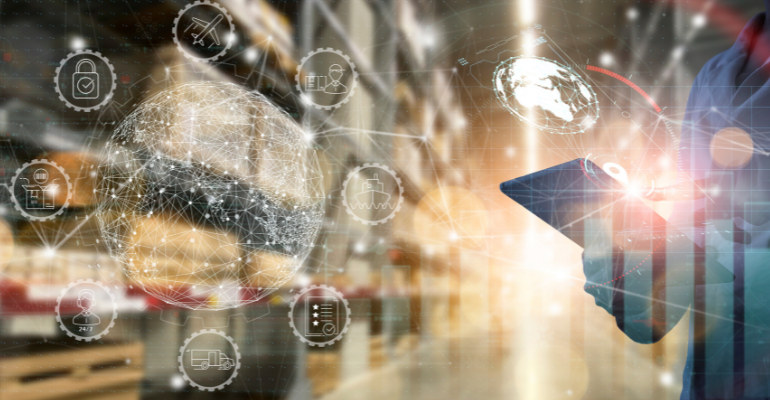Preserving Critical Manufacturing Supply Through Digital Stockpiles

FDA and VHA have partnered to create digital stockpiles that store electronic plans, instructions, and methods to make and test medical products.
Katie Hobbins | Jun 16, 2023
The COVID-19 pandemic put into harsh reality what can happen when medical devices and supply chains are in short supply, from not enough personal protection equipment for frontline employees to a shortage of critically needed ventilators for COVID-19 patients. Since then, governments and regulatory bodies are putting into place safeguards that preserve critical manufacturing supply chains as they can be of the upmost importance during emergency situations.
Now FDA and the Veterans Health Administration (VHA) have formed a partnership aimed at curbing medical device shortages through the creation of digital stockpiles. The memorandum of understanding between the two agencies, according to James Coburn, the advanced manufacturing team lead in the FDA Office of Counterterrorism and Emerging Threats (OCET), was born from troubles created by the pandemic when essential medical products were in shortage.
The pilot focuses on medical devices and accessories that use advanced and distributed manufacturing methods. For example, when companies use novel, developing or already established technologies to uniquely advance their product making. These manufacturing technologies include 3D printing, artificial intelligence (AI), machine learning, and virtual modeling and simulation.
The digital stockpile, which could ultimately enable veterans and civilians to more rapidly access innovative medical products to support medical care in emergency situations, would store electronic plans, instructions, and methods to make and test medical products. Additionally, distributed manufacturing technologies available on the digital stockpile would allow for products like PPE and nasal swabs to be made near the point of care to curb disruptions caused by long supply lines.
Coburn noting that the partnership “will help to identify the types of systematic controls, scientific data, and certifications that may be necessary to institute trusted manufacturing networks during emergencies.”
Also necessary is the safety and effectiveness of making and 3D printing such products. During the height of COVId-19 shortages, “people realized they were out of face masks, so they began making and 3D printing them,” said Beth Ann Ripley, acting director of the VHA Office of Healthcare Innovation and Learning, in an interview for the Regulatory Affairs Professionals Society. “And that’s exciting. But as it turns out, if you make something that looks like a face mask, it may or may not actually act like a face mask,” Ripley said in an interview. “You still must come back to, is it safe and effective? Is it doing what it’s supposed to be doing? Because if you make a mask and you think you’re protected, but you’re not, that’s not good.”
That’s where the stockpile comes in. Users are given tested and approved blueprints, designs, and instructions, instead of searching for unknown and untested alternatives that could cause harm.
Currently the agencies are focusing on compiling a list of devices most likely to be in short supply in the event of another pandemic, severe weather event, or major incident. They will then test to see which devices would be feasible to be made in specific circumstances, like via a 3D printer at home, and rank them.
It seems advanced manufacturing concepts are finally finding their way in large organizations like VHA and FDA, which have both been pushing for its adoption for years. And now, the Medical Device Innovation Consortium (MDIC) just recently opened an online clearing house, called Advanced Manufacturing Clearing House, with the aim to find way to avoid product shortages. Companies that plan to use advanced manufacturing tools can apply for project funding through the consortium — up to 30% of overall project costs, not to exceed $300,000 — but if they take the funding, the companies must be willing to share their experiences through the clearing house portal.









